Jul 17 2017.
views 363‘If she can see it, she can be it’ – is the powerful slogan which pumps up adrenaline at the Geena Davis Institute for Gender in Media. Founded by the Academy-award winning actress and advocate Geena Davis, The Institute is the only research-based organisation working within the media and the entertainment industry. At the recently concluded Cannes Lions International Festival of Creativity, research done by The Institute was highly debated and discussed on many platforms addressing gender equality in media.
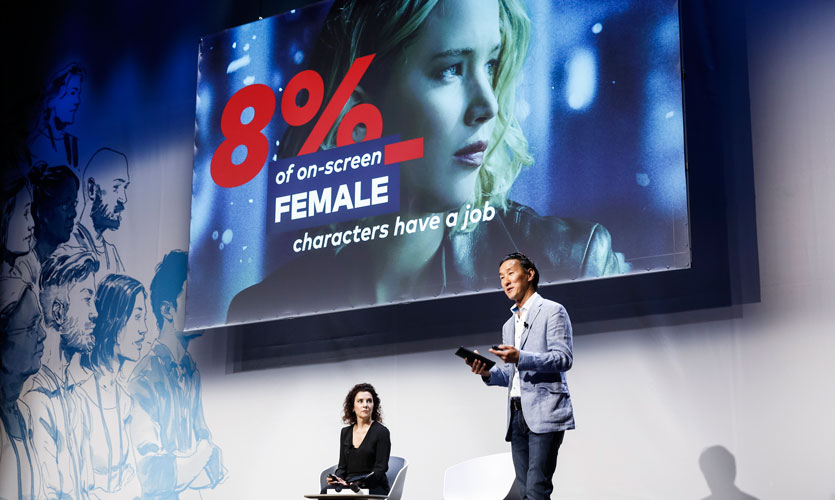
The main purpose of The Institute is to engage, educate and influence content creators and audiences about the importance of eliminating unconditional bias, highlighting gender bias, challenging stereotypes, creating role models and scripting a wide variety of strong female characters in entertainment and media. The target audience has been identified as children aged 11 and under.
In an exclusive interview with us, Madeline DiNonno, CEO of The Institute spoke about their work, current research topics and how filmmakers and producers can promote gender balance on screen.
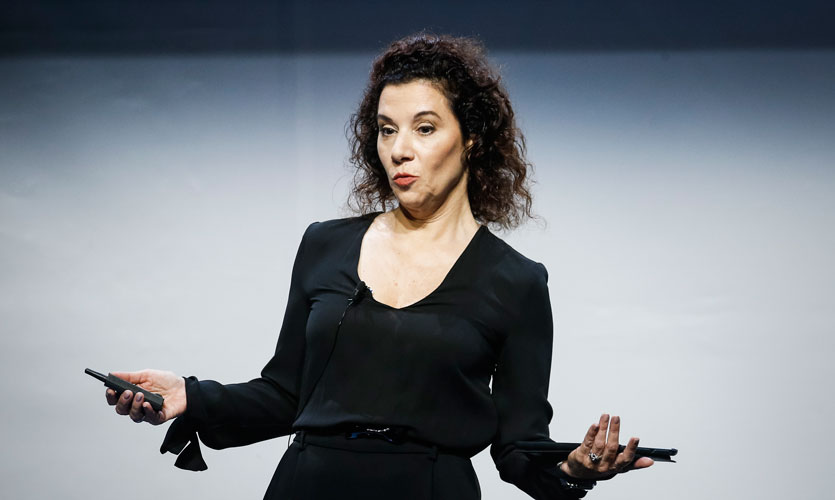
What countries or what cross sections do you look at when doing your research?
Our research initially focused on US media which includes film, television with an eye on what our youngest audience see. Because media is so global and because Hollywood entertainment travels the world and since we did a lot of work with the United Nations, we were always asked about what the rest of the world was like. A few years ago we conducted our first global study which was called ‘Gender Bias without Borders’ and we commissioned it from the University of South Carolina. Here we looked at the top ten global film markets and we looked at the top ten popular films in those markets. What we found out was that the overall representation of women across the world was not that far off from the West. We also found that some Asian countries were better and there were different views of sexualisation and objectification. Therefore, it was very interesting.
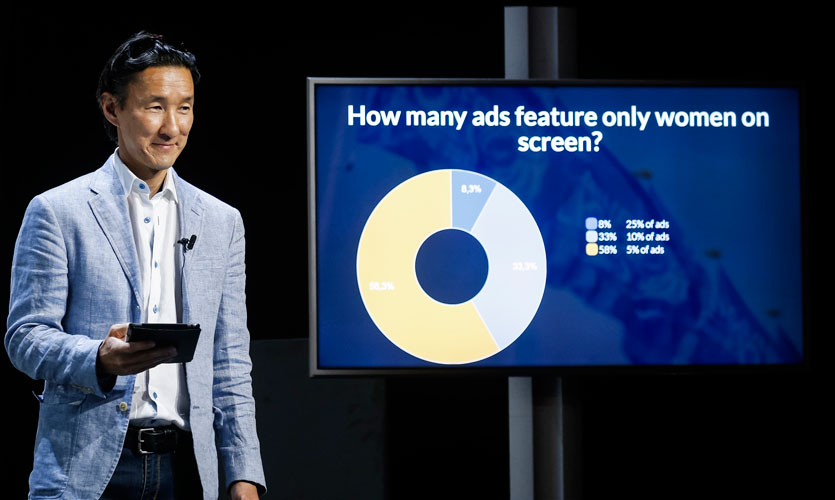
Women’s representation in not only media but in other aspects such as politics and in the decision-making level is quite limited. What has your research proven with regard to this fact?
First of all the United States doesn’t lead the world when it comes to women in government. Almost every other country is better. When you take the US, in the 10 major business categories women are still in the 20% range. One theory that we have is that the media landscape has reinforced and perpetuated the idea that women are not leaders. It’s not the only thing but when you look at what the media numbers say for example in this brand new investigation we did, 75% of the jobs were held by men and only 8% of women were shown with a job, men were 50% more likely to be shown outdoors and doing a sport and women were 48% more likely to be shown in the kitchen.
So if children and adults are watching and if they see a lack of female presence – female portrayals as leaders, we believe that it can contribute to have a women-avoidant society.
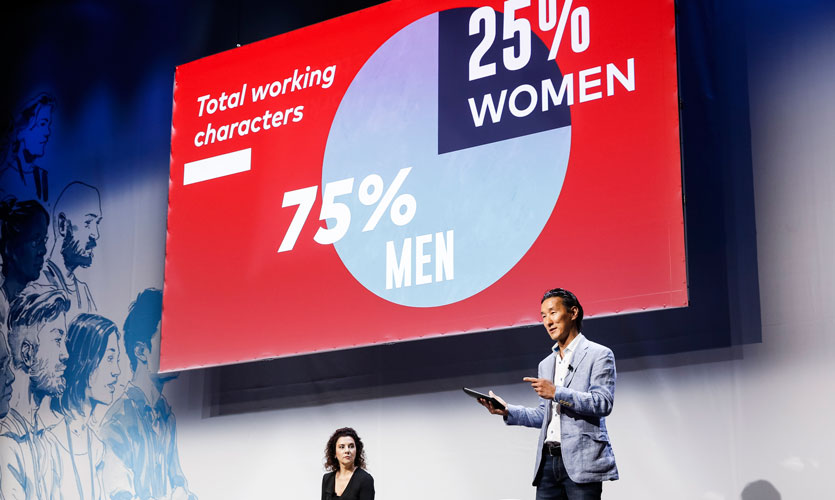
In the Asian context, gender inequality exists in an enormous level. What are the immediate things that need to change in order to bring about gender equality?
I think one important thing is that our theory of change is predicated on children. Young children do not have photos and they do not know about media literacy. But they are consuming a lot of media in a lot of different ways. Therefore we think it’s very important for families or caretakers to watch what their children are watching with them and also to have a discussion. For example if the family is watching a particular film together or going to a movie together, it’s important to point out to the children that it is fiction. The second is for content creators to use a gender and inclusion filter and if they are creating stories they are free to create whatever story they like but if it’s not a historical enactment, the story should include a female presence.
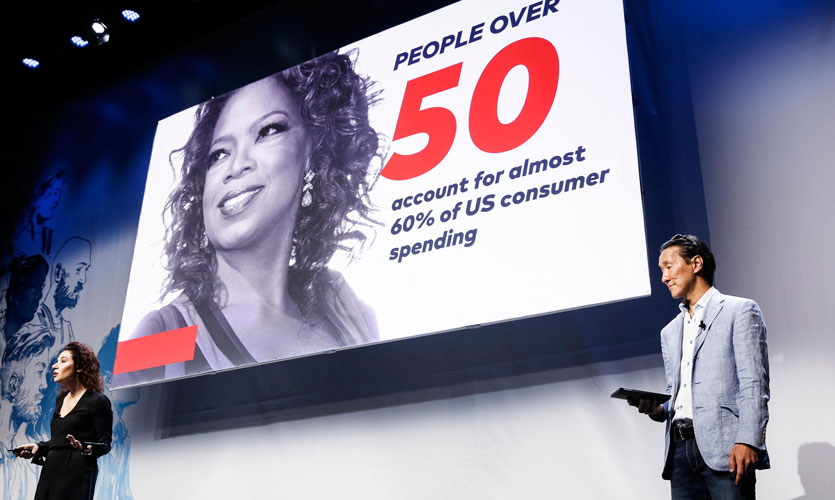
How can this be changed in patriarchal societies?
From an economic standpoint we know that women who are educated and work contribute a lot to the economy and family. Therefore whether it’s a serial or radio show, reinforcing that women can contribute beyond just being at home is a very powerful message. I think that’s a big opportunity for media, because then they influence those societies which have women who want to bring in financial value back to the community, a village or any other structure.
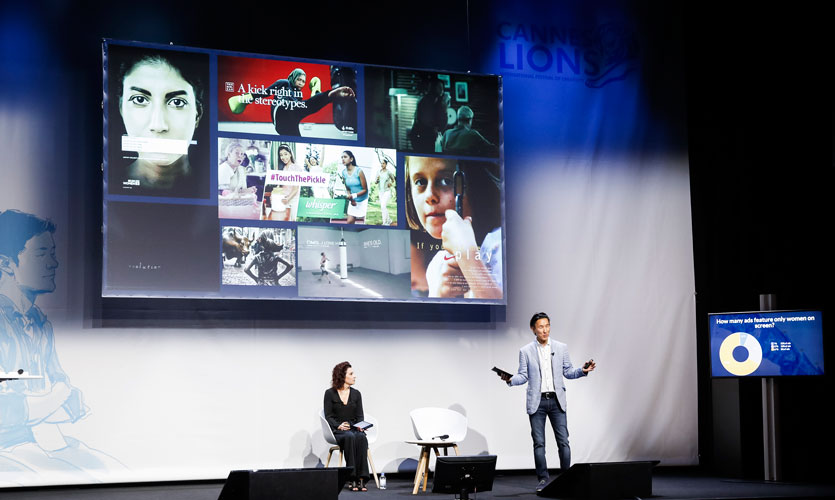
Are you planning to do any research in Asian countries as well?
We have done a content analysis including India, China and Korea. We also did a second study with India and Nigeria. Beyond that we would love to do more but we need funding. So we are interested in having funding partners.
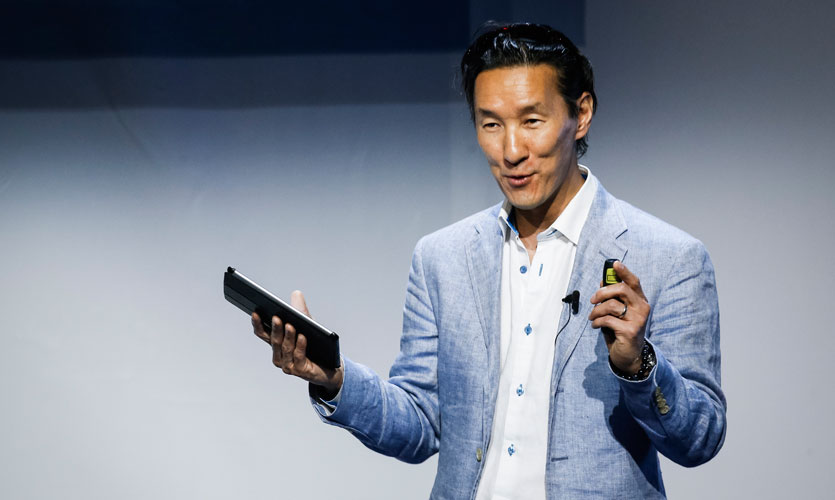
What message do you have to give filmmakers and producers when it comes equalising the male and female presence on screen?
It’s not just about entertainment. Media has the power to influence social and cultural behaviours. As storytellers, there’s a huge opportunity and also with that to help raise up women and girls.
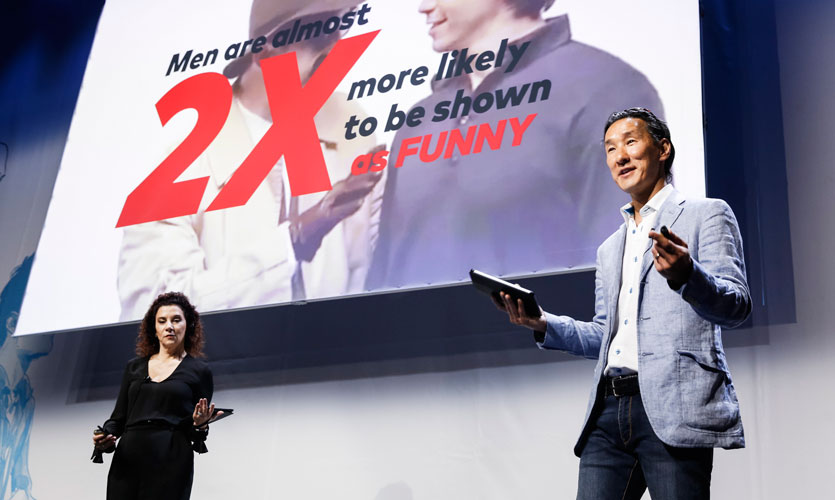
Image courtesy Cannes Lions media
0 Comments